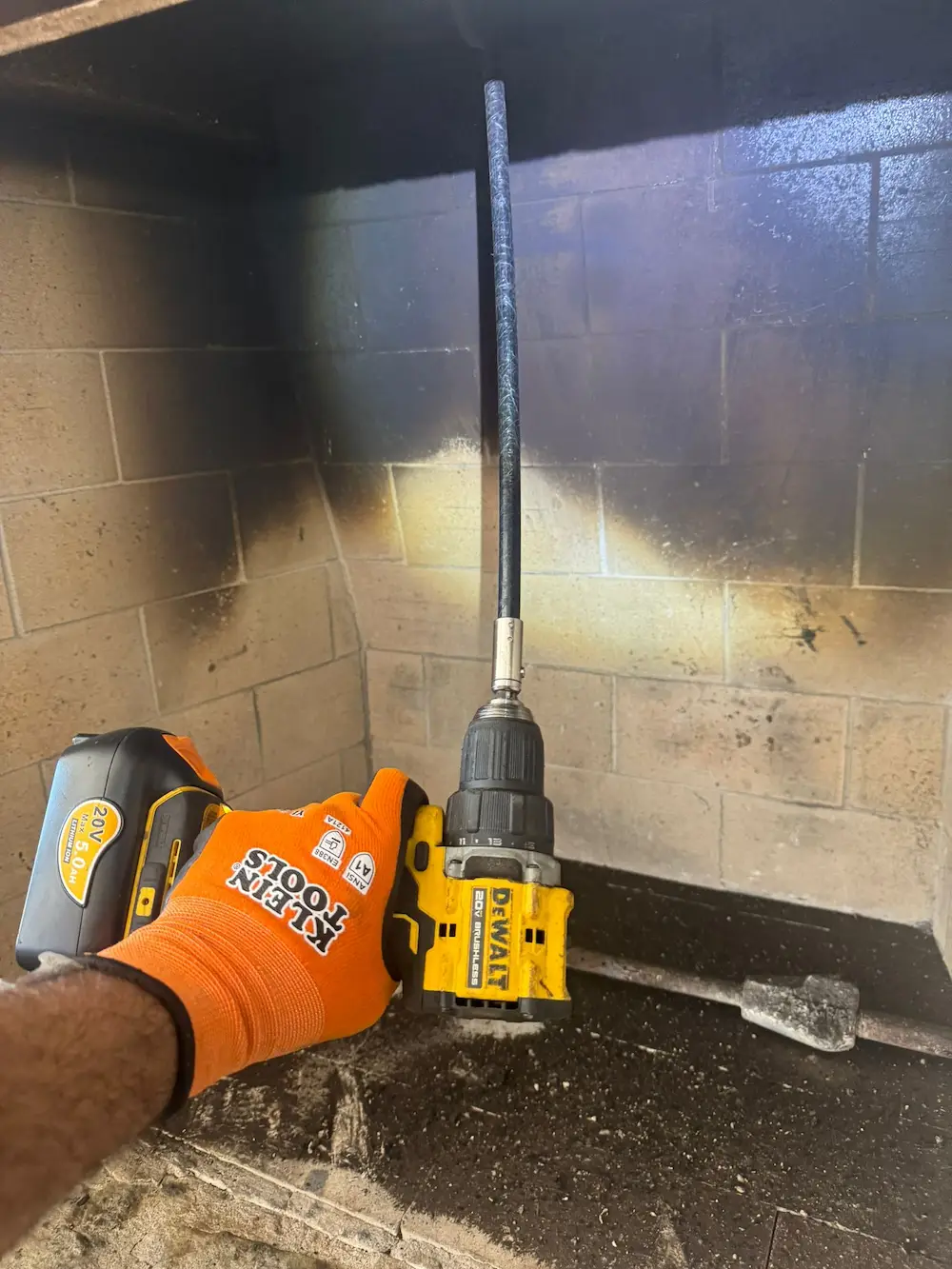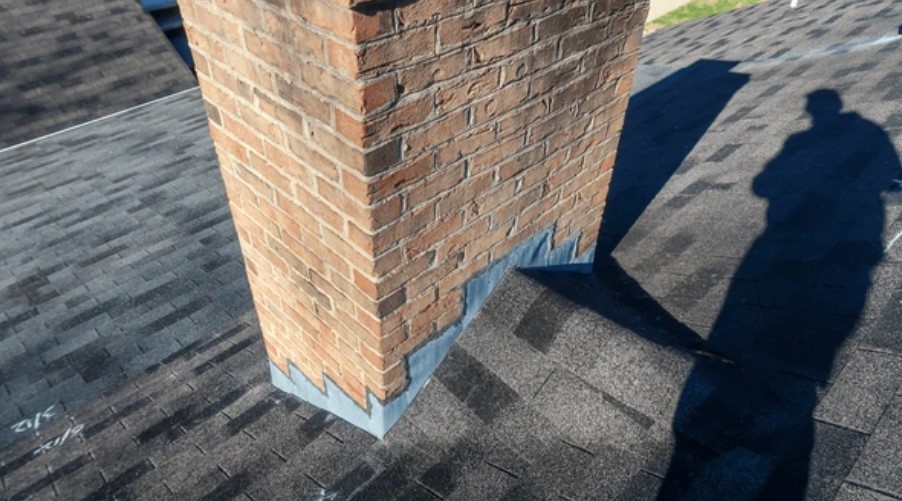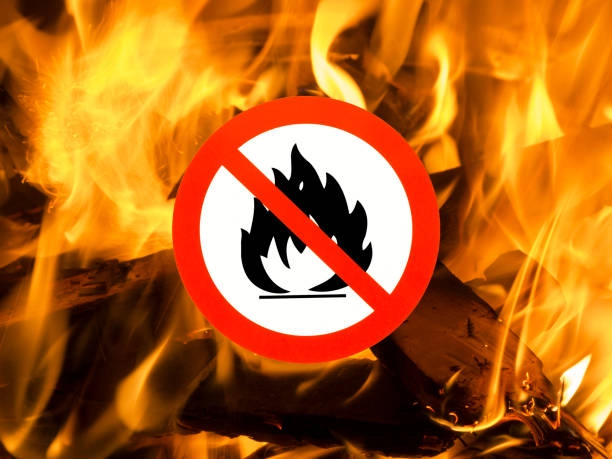As a homeowner, keeping your chimney clean is crucial for safety, efficiency, and air quality. Whether you rely on a fireplace or a wood stove for warmth, regular chimney sweeping ensures that creosote and soot are removed, preventing dangerous chimney fires and improving airflow. But how long does a chimney sweep take? The answer isn’t always straightforward. Several factors can influence the amount of time needed to clean your chimney.
In this article, we’ll explore how long a chimney sweep typically takes, the factors that affect the duration of the cleaning process, and what to expect during a professional chimney sweep service.
Why is Regular Chimney Sweeping Important?
Before diving into the specifics of the cleaning time, it’s important to understand why chimney sweeping is necessary. Over time, the burning of wood, gas, or other materials causes the buildup of soot and creosote inside your chimney. Creosote is highly flammable and a leading cause of chimney fires. Regular cleaning prevents these dangerous build-ups, ensures optimal airflow, and improves the efficiency of your heating system.
A chimney sweep also inspects the chimney for structural issues, which could lead to costly repairs if left unnoticed. This makes chimney maintenance an essential part of homeownership.
How Long Does a Chimney Sweep Typically Take?
On average, a professional chimney sweep takes between 45 minutes and 2 hours to complete, depending on factors like the size of your chimney, the extent of creosote buildup, and the chimney system’s design. Let’s explore the key factors that affect the time it takes to sweep your chimney.
1. Size and Design of the Chimney
The size and design of your chimney play a major role in the time required. A standard residential chimney typically takes about an hour to clean, while larger or more complex chimneys with multiple flues or bends may take longer due to the extra effort needed to navigate and clean the system.
2. Amount of Creosote Buildup
Creosote buildup significantly impacts cleaning time. Minimal buildup can be cleaned quickly, but excessive buildup—especially in stages 2 or 3—requires more effort and specialized tools. Annual inspections help catch buildup early and prevent excessive accumulation.
3. Type of Fuel Used
The type of fuel burned in your stove or fireplace affects the cleaning process. Burning hardwoods creates less creosote than softwoods, while burning wet wood leads to faster buildup. Some fuels, like coal or pellets, can create different types of deposits that require specialized cleaning.
4. Condition of the Chimney
If the chimney hasn’t been cleaned in a while, the technician may need to spend more time breaking up hardened creosote and clearing blockages. Additionally, any cracks or wear in the chimney will require more attention during the cleaning process, which adds to the time.
5. The Chimney Sweep’s Equipment and Expertise
A professional chimney sweep comes equipped with the right tools for a quick and thorough cleaning. The quality of their brushes, rods, vacuums, and cameras can significantly impact the efficiency of the cleaning process. Technicians using specialized tools, like chimney inspection cameras, can quickly spot hidden issues, speeding up the job.
Experienced chimney sweeps also work more efficiently than those without the proper training. They know exactly how to use their tools and clean every part of the chimney effectively, ensuring a thorough job without wasting time.
What to Expect During a Professional Chimney Sweep Service
When you hire a professional chimney sweep, the process typically involves the following steps:
- Initial Inspection: The chimney sweep will inspect the chimney to assess the condition and check for any issues such as creosote buildup, cracks, or blockages. This step may take 10 to 15 minutes.
- Preparation and Protection: The technician will set up protective coverings around your stove or fireplace to prevent soot from falling onto furniture or floors. They will also wear protective gear to ensure their safety during the cleaning process.
- Cleaning the Chimney: Using specialized brushes and rods, the technician will clean the chimney, removing soot and creosote. This is the most time-consuming step and may take anywhere from 30 minutes to an hour or more, depending on the chimney’s size, condition, and buildup.
- Vacuuming and Final Inspection: After the chimney has been cleaned, the technician will vacuum any remaining soot or debris. A final inspection will be conducted to ensure everything is functioning properly.
- Cleaning Up: Finally, the technician will clean the area around the fireplace or stove, removing any soot or dust created during the process.
How Often Should You Have Your Chimney Swept?
As a general rule, you should have your chimney swept at least once a year. However, the frequency may vary depending on factors like how often you use your fireplace, the type of fuel you burn, and whether you have a wood stove or open fireplace. Homes with multiple fireplaces, taller chimneys, or those that burn softer wood may require more frequent cleanings.
Save Time and Ensure Safety with Reliant Chimney Services
If you’re wondering how long a chimney sweep takes, it’s important to remember that the time it takes can vary depending on your specific chimney’s condition and size. However, whether you need a quick cleaning or a more thorough job, hiring a professional ensures the job is done properly and safely.
At Reliant Chimney Services, we are committed to providing homeowners and businesses with expert chimney cleaning, inspections, and maintenance. Our professional team has the tools and expertise to get the job done efficiently and safely.
Contact us today to schedule your chimney cleaning and inspection. Let us help you keep your chimney safe and efficient, and ensure your fireplace or stove runs smoothly all year long!
Reliant Chimney Services offers reliable and professional chimney care, ensuring the safety and efficiency of your home’s heating system.




